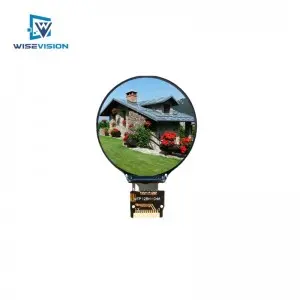When selecting a mobile phone or monitor, we often fall into a misconception: the higher the screen’s peak brightness, the more premium the product. Manufacturers are also happy to use “ultra-high brightness” as a key selling point. But the truth is: when it comes to screens, brighter isn’t always better. This article will take an in-depth look at the correct understanding and usage of screen brightness.
First, let’s clarify the role of high brightness. Its core purpose is actually visibility under strong light. When you are outdoors on a sunny day, the soaring peak brightness of your phone screen allows you to still clearly see maps and messages. Here, high brightness is meant to solve the problem of “poor visibility” in specific environments—it’s a savior, not a standard for daily use.
However, once you bring this “savior” into a dimly lit room or your bedroom at night, problems arise. Our pupils automatically adjust their size based on ambient light. In low-light environments, the pupils dilate to let in more light. At this point, if you’re facing an overly bright screen, a large amount of intense light will directly enter your eyes, leading to:
Visual fatigue: The eye muscles need to constantly tense and adjust to balance the significant difference in brightness inside and outside, quickly causing sensations of soreness, dryness, and discomfort.
Increased blue light harm: Although all light contains blue light, at high brightness levels, the total amount of high-energy short-wave blue light emitted by the screen increases. This may cause potential cumulative damage to the retina and more severely suppress melatonin secretion, affecting sleep quality.
Therefore, the key to eye protection does not lie in pursuing extreme brightness levels, but in whether the screen can intelligently adapt to the environment.
Be sure to enable “Auto-Brightness”: This feature relies on the device’s ambient light sensor to adjust the screen brightness in real time to a level suitable for the ambient light. It is the simplest and most effective eye protection setting.
Make good use of “Night Shift” or “Eye Comfort Mode”: At night, this mode warms the screen’s color temperature, reducing the proportion of blue light and making viewing more comfortable.
Dark Mode is a helpful assistant: In low-light environments, enabling Dark Mode significantly reduces the overall light intensity of the screen, minimizing irritation.
Thus, a truly excellent screen should provide a comfortable visual experience under any lighting condition—it should be sharp and clear in daylight, yet soft and pleasing in dim light. Intelligently adjusting screen brightness is far more important than brightness itself.
Post time: Oct-30-2025


